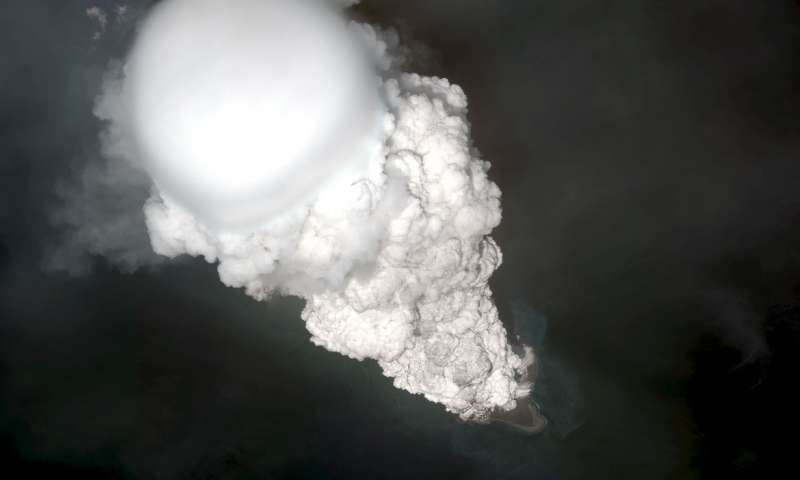A group of scientists achieved what many believed was impossible: recording a volcano’s thunder.

Not all volcanoes are made equal, and not all eruptions are the same. Depending on the chemistry and temperature of the lava, some eruptions are essentially a neat lava fountain, while others are more explosive, ejecting clouds of hot rock and ash that can reach the stratosphere. As they do so, these charged particles can create loud thunders, but these thunders tend to get lost in the overall cacophony of tumbles and rumbles in the eruption.
Now, for the first time, geoscientists have managed to isolate that thunder boom, digitally disentangling it from other sounds in the background.
“It’s something that people who’ve been at eruptions have certainly seen and heard before, but this is the first time we’ve definitively caught it and identified it in scientific data,” said Matt Haney, a seismologist at the Alaska Volcano Observatory in Anchorage and lead author of the new study set to be published in Geophysical Research Letters.
You can listen to the sound here:
This audio file contains 20 minutes of microphone data recorded during the March 8, 2017 Bogoslof eruption, sped up 60 times. Credit: Matt Haney / Alaska Volcano Observatory & U.S. Geological Survey.
Isolating the sound isn’t just interesting as a technical achievement, it can be used as a proxy for volcanic lightning (the stronger the lightning is, the stronger the thunder is). Then, the lightning itself can be used to assess how big the volcanic plume is — and how hazardous it is.
“Understanding where lightning is occurring in the plume tells us about how much ash has been erupted, and that’s something that’s notoriously difficult to measure,” Johnson said. “So if you’re locating thunder over a long area, you could potentially say something about how extensive the plume is.”

The team was able to record the rumbling and thunder using a microphone array, a tool which is becoming more and more common in volcano monitoring. Although zoning in on the thunder alone was considered impossible by some geoscientists, Haney believes the technique might become more and more common (and useful) in the near future.
“If people had been observing the eruption in person, they would have heard this thunder,” Haney said. “I expect that going forward, other researchers are going to be excited and motivated to look in their datasets to see if they can pick up the thunder signal.”
Journal Reference: ‘Volcanic thunder from explosive eruptions at Bogoslof volcano, Alaska’. Geophysical Research Letters. onlinelibrary.wiley.com/doi/10 … 017GL076911/abstract






